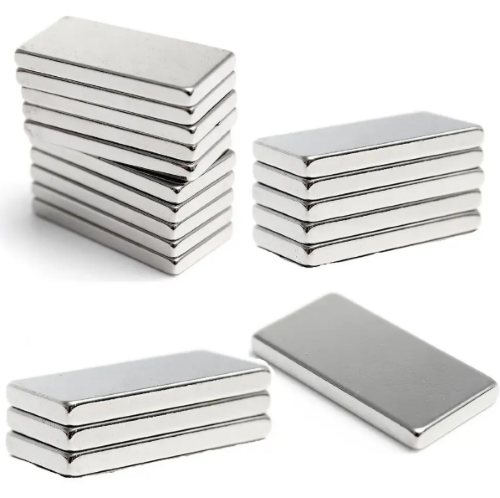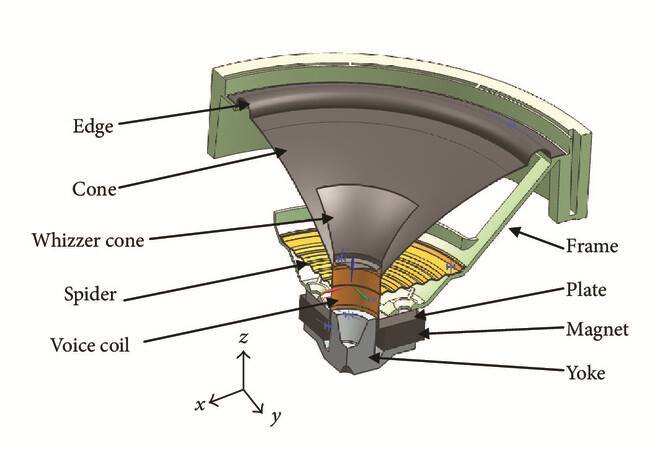Coercivity and Remanence in Permanent Magnets
Permanent magnets refer to magnets that can maintain their magnetic properties for a long time, that is, general magnets used in our daily life, such as natural magnets (magnetite) and man-made magnets. Permanent magnets are not easy to lose magnetism and are not easy to be magnetized. However, if the permanent magnet is heated above the Curie temperature, or is located in an environment with high reverse magnetic field strength, its magnetism will also decrease or disappear. In this article, let's take a look at the coercivity and remanence in permanent magnets.
 Coercivity and Remanence in Permanent Magnets
Coercivity and Remanence in Permanent Magnets
What's Coercivity in Permanent Magnets?
Coercivity is one of the characteristics of permanent magnets. It refers to the magnetic field strength required to reduce the magnetization to zero after the magnetic material has been magnetized to magnetic saturation.
Coercivity represents the ability of a magnetic material to resist demagnetization and will be represented by the symbol of HC, and the unit is A/m (international standard system) or Oe (gauss unit system). The coercivity can be measured with a magnetometer or a B-H analyzer.
If the coercivity of ferromagnetic materials (including ferromagnetic materials) is large, it is called hard magnetism and can be used as a permanent magnet material. Permanent magnets can be used in motors, magnetic storage media (such as hard disks or tapes), and magnetic separators in ore processing.
Ferromagnetic materials with low coercivity are called soft magnetism, which can be used in iron cores of transformers and inductors, read-write heads of magnetic storage media, microwave equipment, and electromagnetic shielding equipment.
What's Remanence in Permanent Magnets?
The symbol of remanence is Br, which means that after the magnet is magnetized to saturation, the external magnetic field is removed, and a certain degree of magnetization can still be maintained in the original direction of the external magnetic field.
The limit value of remanence is the saturation magnetization. The remanence of permanent magnets is mainly affected by the orientation of each crystal grain and the magnetic domain structure in the material.
Remanence can be used to measure the degree of magnetization. When the magnet is magnetized, there is remanence. Magnetic storage equipment uses remanence to record data. When studying the earth's magnetic field in paleomagnetism, remanence can also provide a lot of information.
In engineering applications other than magnets, remanence is also called residual magnetization. Generally, transformers, motors, generators, and electromagnetic steel do not need too much residual magnetization, because it will bring undesirable results, for example, if the electromagnet has remanence, it will still be magnetized when the coil is not conducting. Remanence can be removed by demagnetization.
The unit of remanence in the international unit system is Tesla (T), and the unit under the CGS Gauss unit system is Gauss (G), 1T = 10000G.
Conclusion
Thank you for reading our article and we hope it can help you to have a better understanding of the coercivity and remanence in permanent magnets. If you want to learn more about permanent magnets, we would like to advise you to visit Stanford Magnets for more information.
As a leading magnet supplier across the world, Stanford Magnets has been involved in R&D, manufacturing, and sales of magnets since the 1990s. It provides customers with high-quality permanent magnets like SmCo magnets, neodymium magnets, AlNiCo magnets, and ferrite magnets (ceramic magnets) at a very competitive price.















